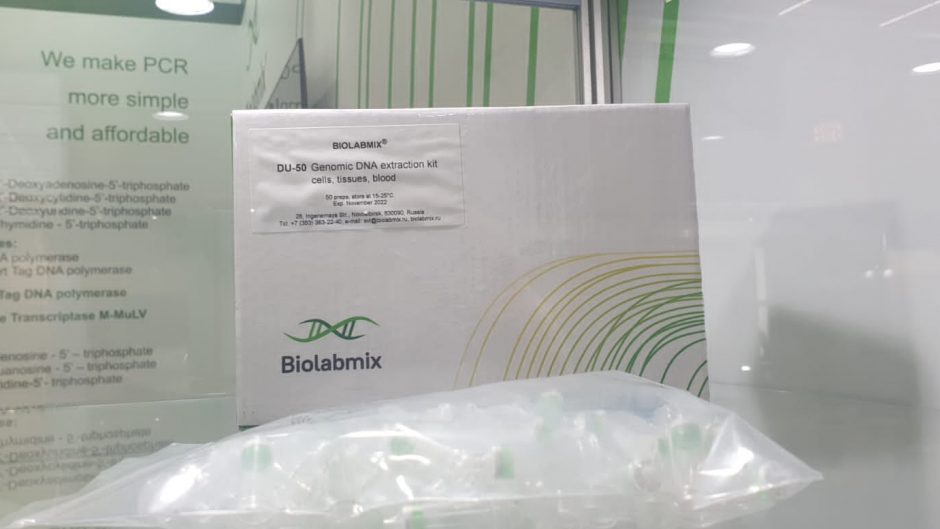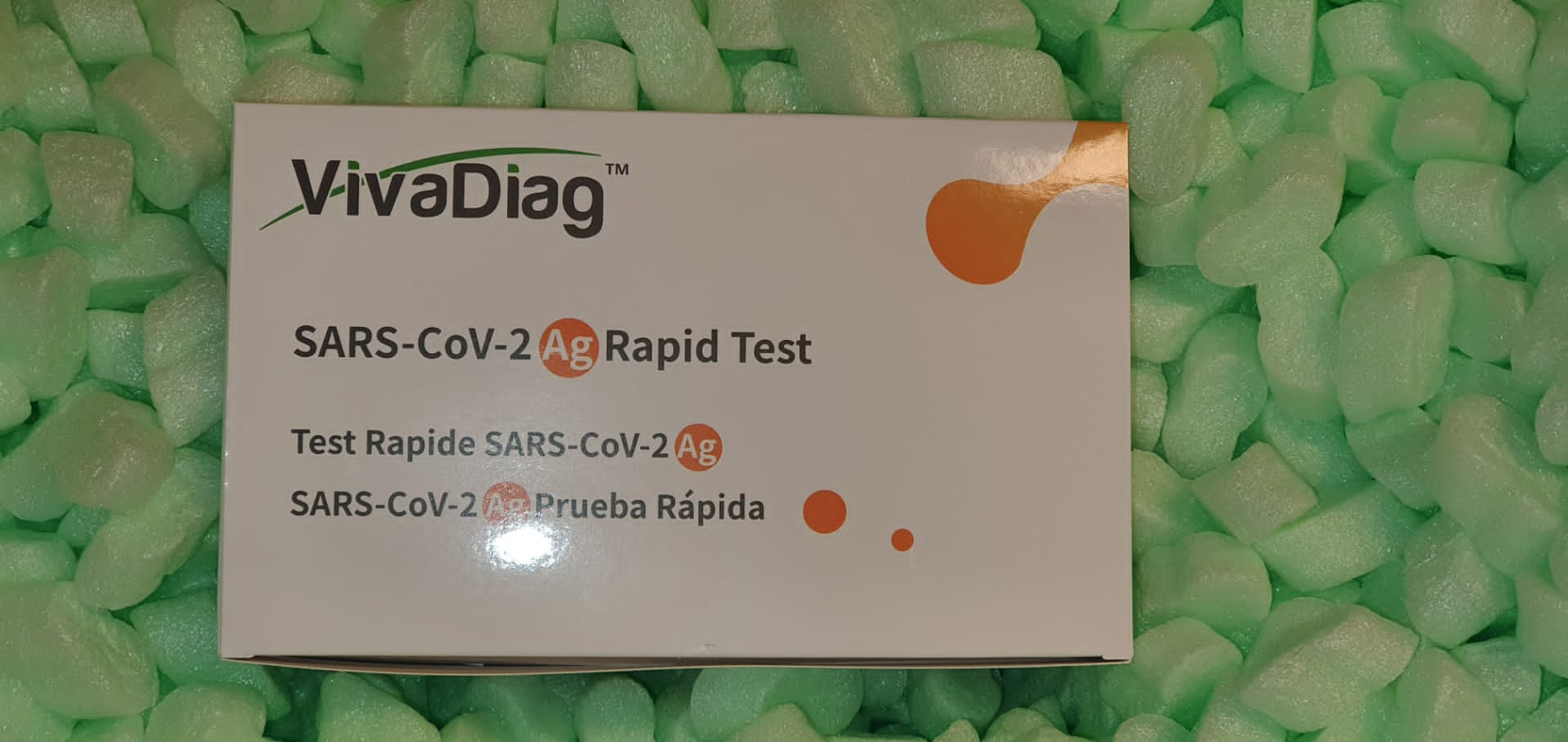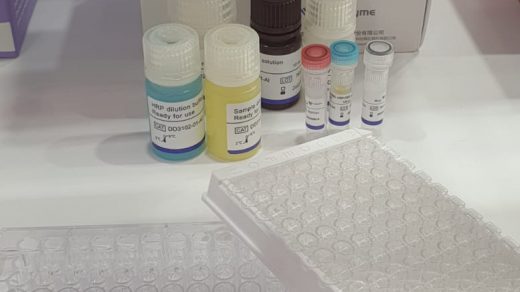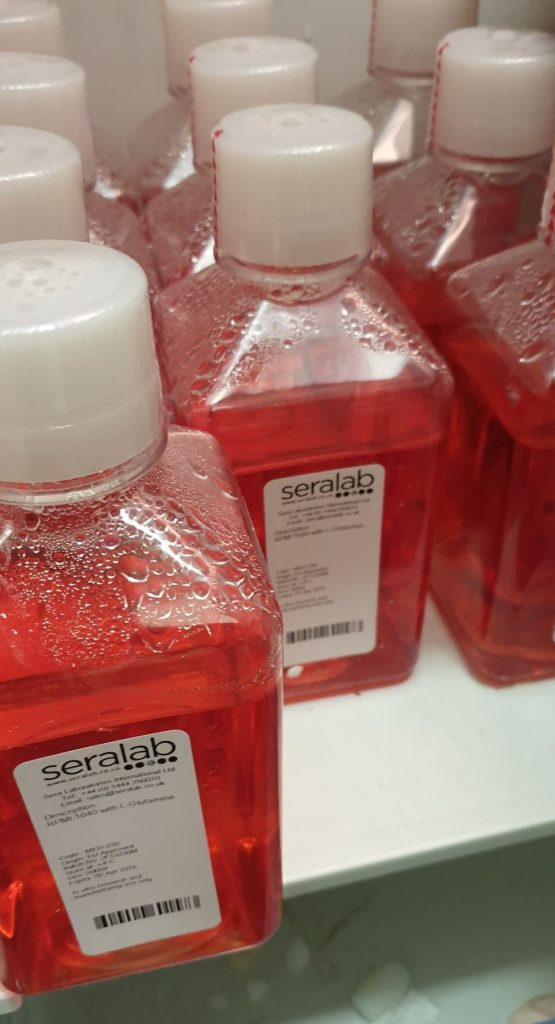Process any sample at any scale
Our wide range of genomic DNA extraction kits are grouped here by sample type, so you can easily find the best DNA extraction kit for your needs. Regardless of sample type, you can expect high yields and high-quality DNA to use in your downstream applications.
Our products cover a variety of performance options and processing methods, giving you flexible options. If you want to run fewer than 24 samples at a time, choose from our manual single-prep solutions. If you’re looking for an automated solution, our cartridge-based kits for use with Maxwell® Instruments can process up to 48 samples in the same run. We also offer kits designed for fully automated plate-based processing methods.
DNA Purification Kits
Classic DNA Purification Kits use a silica resin to tightly bind DNA under high-salt conditions, allowing proteins, small RNAs, and other molecules to be removed by washing steps with a salt/ethanol solution. After washing, the purified DNA is eluted in water or TE buffer. A broad portfolio of GenElute™ DNA purification kits tailored to specific sample types is available, enabling purification of genomic DNA (gDNA) from cell culture, mammalian tissue, blood, bacteria, viruses, plant tissue, soil, water, urine and faeces.
GenElute™ Cell-Free DNA Kits provide rapid and efficient purification of circulating free DNA (cfDNA) to recover cell-free DNA fragments in the 100 bp to 500 bp range, suitable for a wide range of downstream applications, including next-generation sequencing, qPCR and bisulfite sequencing.
Characteristics:
- Silica-based DNA purification method
- High-purity, high-yield DNA at the lowest cost per preparation
- Most common technique used for DNA purification in laboratory workflows
- ~90 min protocol (varies based on lysis time)
- The complete portfolio of kits tailored to specific sample types
- Vacuum and spin formats
- Multi-analyte (RNA/DNA dual co-purification kits) available
Evaluation of DNA extraction
- Spectrophotometer and Qubit Measurements.
The purity of the DNA extracted with each method was evaluated using an Eppendorf photometer. The absorbance ratio at 260 nm and 280 nm was used to assess protein contamination, while the absorbance ratio at 260 nm and 230 nm was calculated to assess guanidine contamination. Both spectrophotometric measurements constituted criteria for the evaluation of DNA quality with higher values associated with better DNA purity. The amount of DNA extracted by the different methods was evaluated using the Qubit 2.0 fluorometer (Invitrogen, Life technologies).
The Qubit fluorometer calculates the concentration based on the fluorescence of a dye that binds to double-stranded DNA (dsDNA). The Qubit fluorometer captures this fluorescence signal and converts it to a measure of DNA concentration using DNA standards of known concentration. The Qubit dsDNA BR assay kit was used for DNA quantification. Based on the DNA concentration derived from the Qubit measurements and the volume of the DNA extract, the total DNA yield was calculated with a simple multiplication.
- Gel electrophoresis.
The integrity of the DNA extracted by each method was assessed by gel electrophoresis. Specifically, 1 μl of each DNA extract was analyzed on a 1.5% agarose gel containing 0.5% ethidium bromide and visualized by U.V. illumination.
- Real-time PCR.
Real-time PCR targeting the ovine prion protein (PRNP) gene was used to assess the presence of amplifiable DNA in blood sample extracts. The set of primers (which amplify a 168 bp PRNP genomic region), amplification reaction setup and thermocycling conditions described in a previous study were also applied here. Ct values were used to assess the amount of amplifiable DNA obtained. In this regard, smaller Ct values are desirable.
A second real-time PCR protocol was applied to assess the ability of different genomic DNA extraction protocols to remove PCR inhibitors from blood samples. The presence of PCR inhibitors in genomic DNA extracts was tested by adding 1000 bacterial genomic copies of DNA (Campylobacter coli C. coli, strain ATCC 43478) to 100 ng and 1000 ng sheep DNA extracts, respectively, followed by real-time PCR amplification. of the hydroxymethyltransferase (GLA) gene. Real-time PCR amplifications were performed with a Biorad CFX96 real-time system.
All samples were tested in triplicate, while three controls containing only the C. coli DNA tip (no sheep DNA) were included in each PCR test. The Ct values obtained in the process were used to evaluate the presence of PCR inhibitors. Specifically, the resulting inhibition of amplification was evaluated in comparison to the unenriched control.







